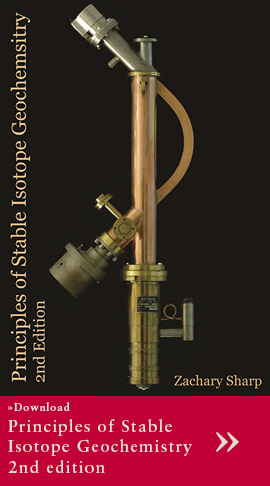In Mesoamerica, it is clear the advent of agriculture brought unprecedented population expansion. However, as with many questions about this transition, a lack of archaeological remains has made determining the details such as when population growth began and the demographic profile of the population growth difficult to determine. The rockshelter sites of Saki Tzul and Mayahak Cab Pek, located in Southern Belize, provide a unique opportunity to answer certain questions about changes in the demographic composition of a single population during the transition due to a continuous burial assemblage spanning approximately 9,000 years. We propose to use stable isotopes of carbon and oxygen from multiple molars from adults spanning the transition to examine changes in weaning age. By using molars from adults, we can avoid any compounding issues with early illness or complications from weaning too early. There is still debate among researchers about change, if any, to weaning practices between hunter-gatherer and agricultural groups. This study will allow us to examine a relatively continuous population with similar cultural practices to identify if the average weaning age changes and explore the nature of this change and identify if cultural or environmental factors result in changes in weaning practices.
Changes in Weaning Age from Hunter-Gatherers to Agriculturalists: a Stable Isotope Study in Southern Belize
Conference:
Society for American Archaeology 85th Annual Meeting: Austin, TX
Date:
April, 2020


